Review of and comment on: Antonio Zamora “The Neglected Carolina Bays”, one of the best and smartest books ever written about meteorite impact cratering, – recommended to all impact researchers and geologists.
Continue reading “The Neglected Carolina Bays”Author: admin
New book on the Carolina Bays – Review and Comment
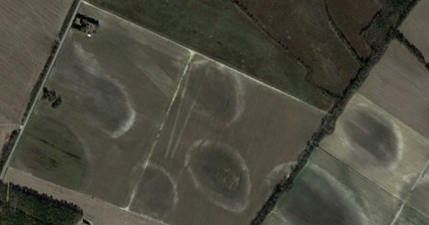
The Neglected Carolina Bays
Ubiquitous geological evidence of a cataclysm
Antonio Zamora
322 pages
Copyright © 2020 Antonio Zamora All rights reserved.
The Carolina Bays are the most prevalent geological features of the Atlantic coastal plain but they are seldom covered in geology courses. The lack of research on the Carolina Bays and the Nebraska Rainwater Basins, which share the same elliptical geometry, has constrained our knowledge of an extraterrestrial impact that caused a major extinction event.
Edition 2 ISBN: 9798677035999
CONTENTS
Introduction 5 What are the Carolina Bays? 15 Field Trip to the Carolina Bays 27 The Carolina Bay Controversy 52 The Carolina Bays and Oriented Lakes 65 A Broader Perspective 83 The Younger Dryas Impact Hypothesis 90 My Retirement Projects 108 The Glacier Ice Impact Hypothesis 112 Extraterrestrial Impact and Ballistic Flight 122 Soil Liquefaction 136 Impacts on Solid and Viscous Surfaces 144 Viscous relaxation 171 Deformed Bays 184 Erosive Processes 203 Dating the Carolina Bays 219 Estimate of the water ejected 238 Where is the crater? 246 Ice Boulder Re-entry 259 The Extinction Event 275 Conclusion 301 References 311 About the Author 322
___________________________________
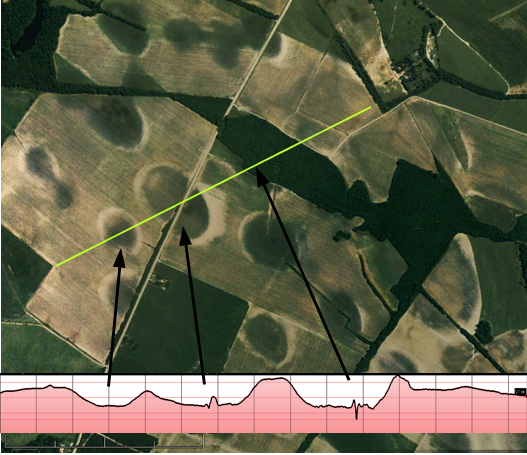
Minor section and a profile through three craters with pronounced rim walls
To play with Google Earth …
Taklamakan Desert (China): a mega-impact structure?
Kord Ernstson
University of Würzburg, 97074 Würzburg (Germany), kernstson@ernstson.de
October 2020
Abstract.- A Google Earth-based morphological analysis of the Taklamakan Desert in the north of the Himalayas shows characteristics of a 1000 km mega-sized impact structure with an elliptical basin and a pronounced elliptical morphological rim. The elliptical structure may possibly have originated from the thrust of the Indian plate and the Himalayas. A gravity anomaly corresponds with the structure. More impact evidence is not known so far.
Key words: Taklamakan Desert, China, impact structure, gravity anomaly, Indian plate
A pdf full article may be downloaded here.
__________________________________________
Continue reading “To play with Google Earth …”Andrew Y. Glikson and Franco Pirajno: new book 2018
Andrew Y. Glikson • Franco Pirajno
Asteroids Impacts, Crustal Evolution and Related Mineral Systems with Special Reference to Australia
Andrew Y. Glikson: Planetary Science Institute Australian National University Canberra, ACT, Australia * Franco Pirajno: Centre for Exploration Targeting The University of Western Australia Crawley, WA, Australia
Modern Approaches in Solid Earth Sciences
ISSN 1876-1682 ISSN 1876-1690 (electronic) Modern Approaches in Solid Earth Sciences ISBN 978-3-319-74544-2 ISBN 978-3-319-74545-9 (eBook) https://doi.org/10.1007/978-3-319-74545-9
© Springer International Publishing AG 2018
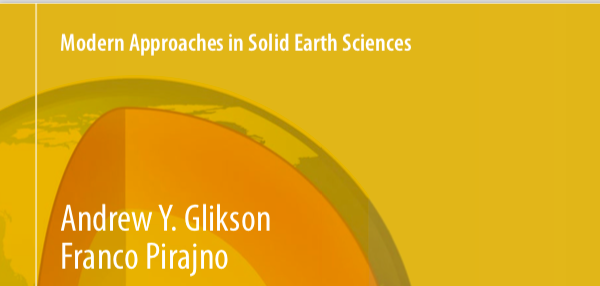
Contents
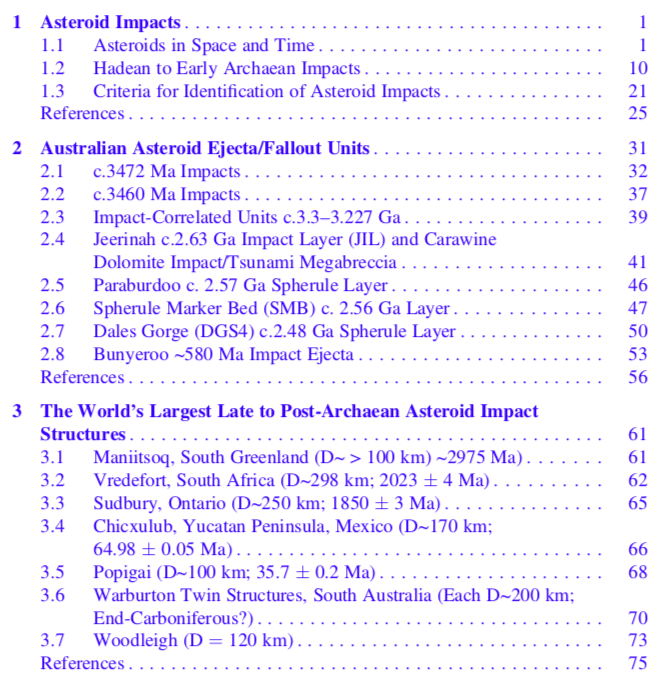
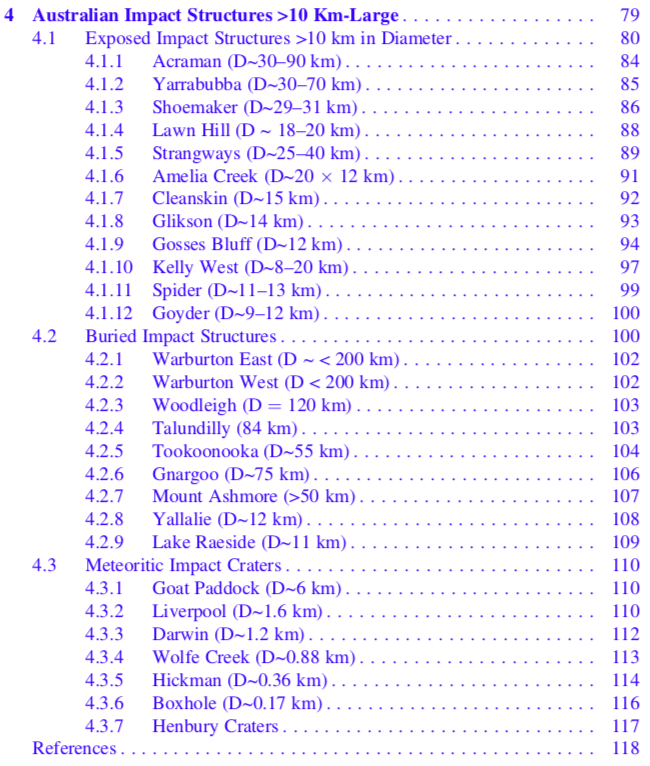
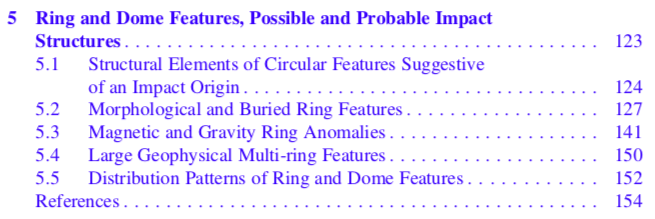
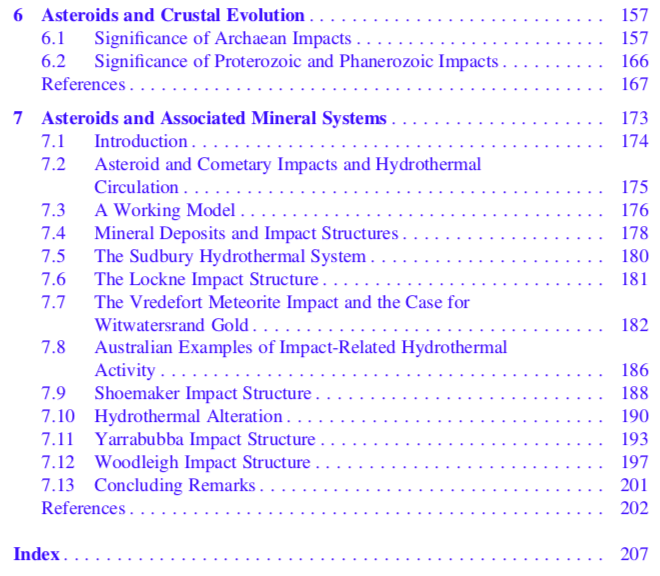
New article: Jiloca graben and Rubielos de la Cérida impact basin (NE Spain)
When modeling ignores observations: The Jiloca graben (NE Spain) and the Rubielos de la Cérida impact basin
by Kord Ernstson1 and Ferran Claudin2
June 2020
____________________________________________
Abstract. – The Iberian System in NE Spain is characterized by a distinctive graben/basin system (Calatayud, Jiloca, Alfambra/Teruel), among others, which has received much attention and discussion in earlier and very recent geological literature. A completely different approach to the formation of this graben/basin system is provided by the impact crater chain of the Rubielos de la Cérida impact basin as part of the important Middle Tertiary Azuara impact event, which has been published for about 20 years. Although the Rubielos de la Cérida impact basin is characterized by all the geological, mineralogical and petrographical impact findings recognized in international impact research, it has completely been hushed up in the Spanish geological literature to this day. The article presented here uses the example of the Jiloca graben to show the absolute incompatibility of the previous geological concepts with the impact structures that can be observed in the Jiloca graben without much effort. Digital terrain modeling and aerial photography together with structural and stratigraphic alien geology define a new lateral Singra-Jiloca complex impact structure with central uplift and an inner ring, which is positioned exactly in the middle of the Jiloca graben. Unusual topographic structures at the rim and in the area of the inner ring are interpreted as strike-slip transpression and transtension. Geological literature that still sticks to the old ideas and develops new models and concepts for the graben/basin structures, but ignores the huge meteorite impact and does not even enter into a discussion, must at best cause incomprehension.
Key words: Meteorite impact, Azuara impact event, Alfambra-Teruel graben, Calatayud basin, strike-slip transgression, transtension, Singra-Jiloca impact
____________________________________________
1 University of Würzburg, 97074 Würzburg (Germany), ernstson@ernstson.de
2 Associate Geological Museum Barcelona (Spain); fclaudin@xtec.cat
The full article can be clicked HERE.
An article pdf for download can be clicked HERE.
Chiemite: addition to the article below

Chiemite and Muschelkalk cobble are breccia-like interleaved. Saarland impact, cut face, centimeter scale.
The most recent find of chiemite in the Saarland impact region (Nalbach, Saarlouis craters) concerns a cobble in which a larger piece of chiemite is breccia-like interleaved with a cobble (probably Muschelkalk in predominantly sandy facies) (photos). This supports the idea that during the impact the chiemite was mainly formed from a carbon melt (vaporized and condensed carbon from the heavily shocked vegetation) and that when it hit the rock it created a vesicular texture in it (partially carbonate melt, decarbonization).
This find should at least make the self-appointed great impact experts on the Internet think about how the Muschelkalk limestone got into the coal cellar and intimately aggregated with the coke.
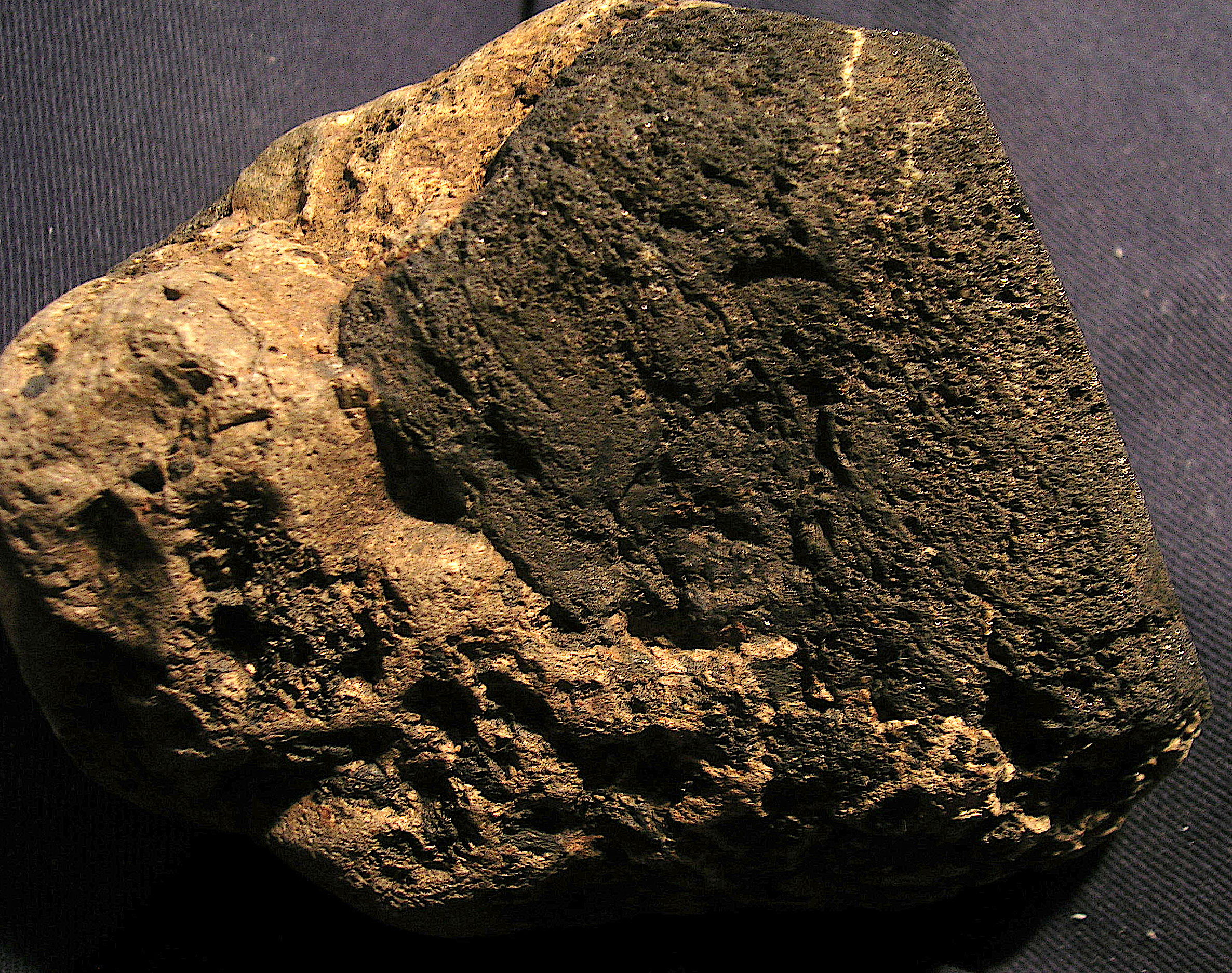 From the Saarland impact region: chiemite interleaved with Muschelkalk limestone/Muschelkalk sandstone (cut face in the entrance photo). Picture width 10 cm.
From the Saarland impact region: chiemite interleaved with Muschelkalk limestone/Muschelkalk sandstone (cut face in the entrance photo). Picture width 10 cm.
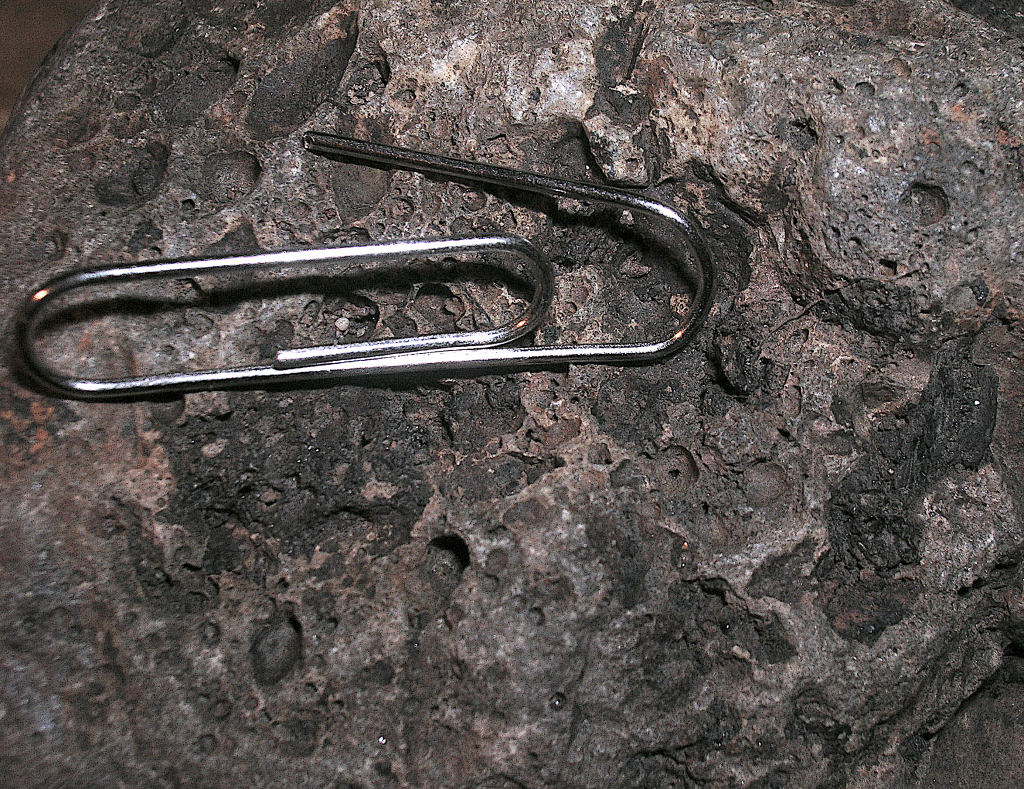
Chiemite remains on the blistered cobble surface.
Pelarda Fm. Impact Ejecta – Azuara Impact Structure (Spain)
Pelarda Fm. – Azuara Impact Structure (Spain) – comprehensive article on one of the biggest, most attractive and scientifically most instructive impact ejecta deposits worldwide
PDF article, 81 p., 92 Figs. – The full article can be clicked HERE.
Abstract. – The Pelarda Formation (Fm.), located in the Iberian System in northeast Spain, is a sedimentary deposit with an extension of roughly 12 km x 2.5 km and an estimated thickness of no more than 400 m. The formation was first recognized as a peculiar unit in the early seventies and underwent interpretations like a fluvial or an alluvial fan deposit having a postulated age between Paleogene and Quaternary. Since the early nineties the Pelarda Formation has been considered an impact ejecta deposit originating from the large ca. 40 km-diameter Azuara impact structure and meanwhile being among the largest and most prominent terrestrial impact ejecta occurrences, which however is questioned by regional geologists still defending the fluvial and alluvial fan models. Roughly speaking, the Pelarda Fm. is a grossly unsorted, matrix-supported diamictite with grain sizes between silt fraction and meter-sized clasts and a big intercalated megablock. Strong clast deformations and abundant shock metamorphic effects like planar deformation features (PDF) are observed throughout the Pelarda F. deposit compatible with its impact ejecta origin. Aligned bigger clasts and smaller intercalated bands of sandstones, siltstones and clayey material indicate some local stratification obviously adjusted to flow processes within the impact ejecta curtain. This suggests that gravitational flows predominated in a transport by water in both liquid and gas states. Transport and deposition as a kind of pyroclastic surge are discussed. A sketch sequence describes the emplacement process of the Pelarda Fm. as part of the Azuara crater formation and the integration in the general frame of pre-impact geology and some post-impact layering.
Key words: Pelarda Formation, Iberian System, Upper Eocene/Oligocene, Azuara impact structure, proximal impact ejecta, pyroclastic flow
Lairg (Northern Scotland): evidence of Europe’s largest impact structure
New article: and A reassessment of the proposed ‘Lairg Impact Structure’ and its potential implications for the deep structure of northern Scotland. –
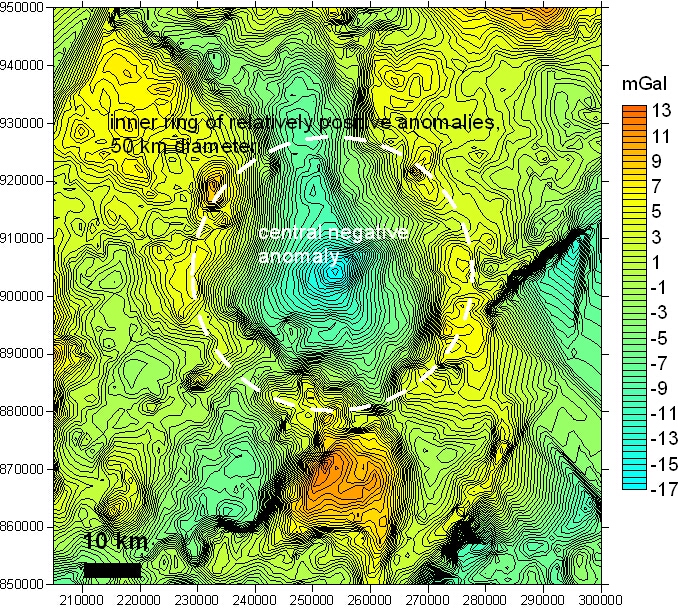
Bouguer gravity residual anomaly of the Lairg proposed impact structure. A buried complex structure with an inner peak ring of 50 km diameter und derived 100 km full diameter.
Probably the source for the Stac Fada Precambrian impact ejecta deposit.
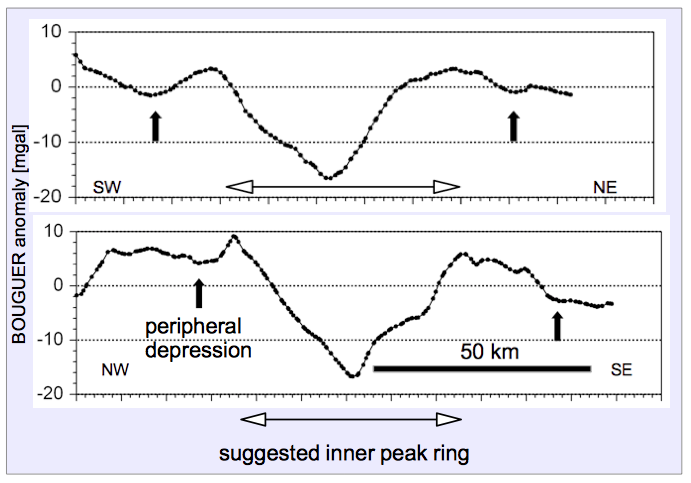
Gravity residual profiles across the Lairg impact structure revealing an inner peak ring and peripheral depressions.
New
New every week: Impact pictures to click and download – CLICK
State of research on the Chiemgau Impact 2017 – English translation of the full article
MICHAEL RAPPENGLÜCK, BARBARA RAPPENGLÜCK, KORD ERNSTSON (2017):
Collision in prehistory. – The Chiemgau Impact: research in a Bavarian meteorite crater strewn field. – Zeitschrift für Anomalistik, vol. 17 (2017), p. 235-260.
State of research on the Chiemgau Impact 2017 – English translation of the full article – click here.







































































